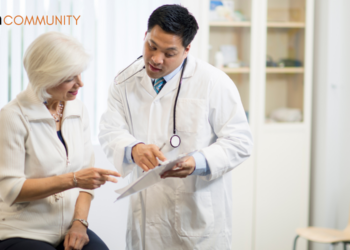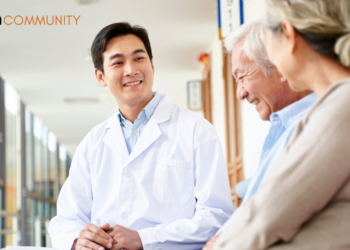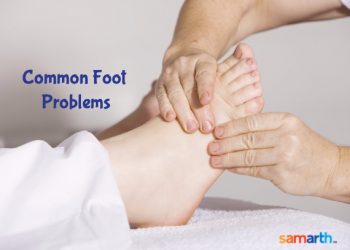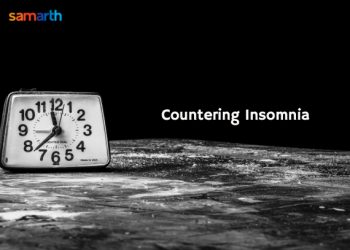Rough estimates suggest that around 15 to 20% people across the world suffer from this disease called varicose veins. In India, the prevalence is said to be much lesser. However, increasing age is said to be one of the factors of this disease.
Understanding varicose veins
The one indication of this disease is the appearance of the veins, often in the legs, as enlarged, swollen or purplish in colour. The veins look as if they are bulging with the blood. This disease is also called varicose or varicosities and is something that is often ignored by people. They feel that it is a minor and cosmetic issue rather than a health issue. This condition may be painful as well and is seen more in women than in men.

Join Now >
Causes
Basically having varicose veins is an indication that your veins are not functioning properly. The veins have a one-way valve to ensure that the blood does not flow backward. However, when these valves fail to function, the blood gets collected in the veins, leading to this situation. It is usually seen in the legs as this is the farthest possible from the heart. Hence, it makes it tough for those veins to move the blood up towards your heart as is the normal case. So, they get collected in the veins of your legs. At times, apart from the swelling and discolouration, the veins may even get ulcers and start to bleed.
Factors
A few other factors that can cause or contribute to this condition are:
- Age over 50 years
- Pregnancy
- Menopause
- Standing on one’s legs for long duration (like teaching jobs)
- Obesity
When to meet a doctor
If you see any of the above symptoms anywhere in the body, especially in the legs, do not wait for the situation to precipitate. Meet a doctor immediately so that it can be diagnosed for what it is. If it is indeed varicose veins, the doctor will suggest the further line of treatment. Early intervention has been known to provide great relief.
The doctor may study your family and medical history, as well as your occupation and symptoms to understand what tests need to be done. Usually, ultrasound, or at times, even a venogram test may be done to understand your blood flow. Mostly treatments also include lifestyle changes, apart from some medications to treat the symptoms and conserve the vein function.
Treatment options
Your doctor is the best judge to decide your line of treatment, and these may include:
1. Compression: Wearing specially designed socks or stockings that will compress the veins with enough pressure so that they start flowing naturally towards your heart.
2. Surgery: If simple lifestyle changes and compression are not working, and the condition is far gone, then you may be advised surgery, during which the doctor steps the veins using incisions. However, this invasive option is usually the last cut option.
3. Sclerotherapy: In this therapy, a liquid or foam chemical injection is used to block off a larger vein.
4. Microsclerotherapy: In this case, a liquid chemical injection is used to block off the smaller veins.
5. Laser surgery: This is a non-invasive laser surgery that uses light energy to block off a vein.
6. Endovenous ablation therapy: Here, heat and radiofrequency waves are used to block off a vein.
7. Endoscopic vein surgery: In this case, a small lighted scope is inserted through a small incision to block off a vein.
Based on what the doctor suggests, you may discuss the treatment options and try to understand how it works, and what is involved. It is not a onetime treatment and you may require periodic visits to the clinic to ensure that the condition does not recur.
Prevention
Prevention can be possible through certain simple steps such as:
- Avoid standing for long hours
- Maintain a healthy body weight
- Regular exercise that helps in blood circulation
If you already have it, follow the doctor’s advice as best as you can, to maintain a healthy, normal life. Keeping the legs elevated during sleep can help relieve the condition.











